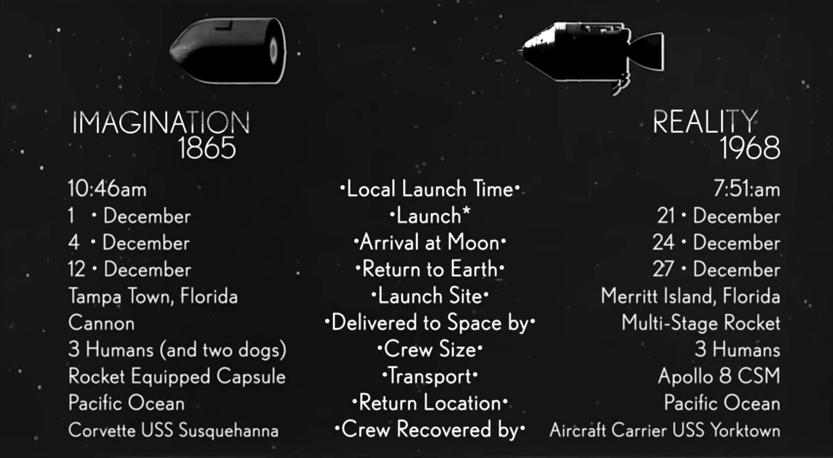Ideas
There are so many examples of how science fiction has inspired science: From Leonardo, HG Wells, Philip K Dick, Arthur C Clarke, to Elon Musk and more. Galactic Public Archives put out a great video a few months ago that shows how the Apollo missions to our neighbor satellite mirrored the work of Jules Verne's 'From the Earth to the Moon,' published a century earlier. |
| Related articles |
But some work of science fiction create direct links to the future. As a young man in Russia, Konstantin Tsiolkovsky read a translation of Jules Verne's From the Earth to the Moon, and although Verne's plan to get to the moon wouldn't have worked, the novel had just enough science mixed in with its romance to make the central idea seem plausible.
After Tsiolkovsky read Jules Verne's stories of space travel and began to write science fiction stories himself. He then introduced elements of science and technology into his stories, such as the problem of controlling a rocket as it moved between gravitational fields.
Gradually Tsiolkovsky moved from writing science fiction to writing theoretical papers on topics such as gyroscopes, escape velocities, the principle of action and reaction, and the use of liquid propellant rockets.

Tsiolkovsky became obsessed with the idea of spaceflight, and his life's work created the foundations of modern rocketry.
SOURCE Galactic Public Archives
| By 33rd Square | Embed |




0 comments:
Post a Comment